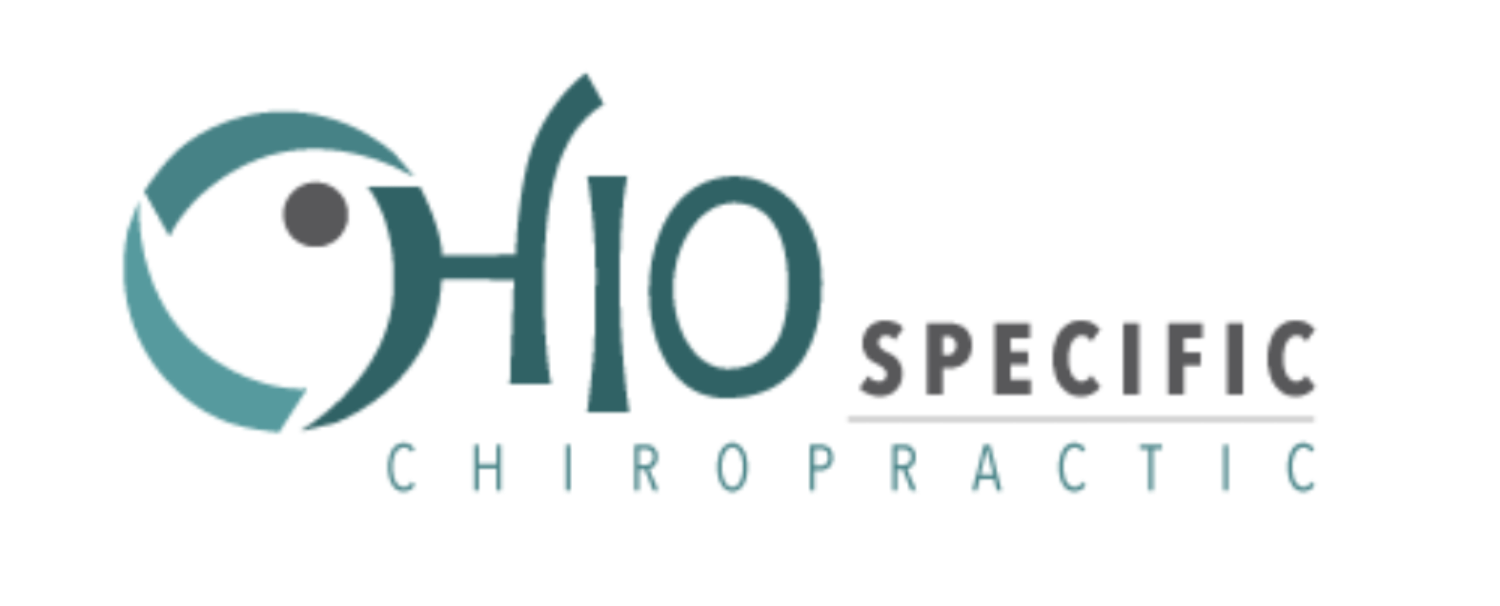Primitive Reflexes - Retain Them Not
Have you or someone you know been diagnosed with ‘retained primitive reflex’? What does this diagnosis mean? Can it be fixed? If it can, how does one un-retain these primitive reflexes?
I like to first breakdown the words of the term to get at their root meanings before delving further into their implications. The word retained means “to keep or to hold back.” The word primitive means “original or first of its kind”. And finally, the word reflex means “a bending back to.”
Combining the individual words into a succinct definition, retained primitive reflex means “keeping of the original bending.”
What was our original bending? To answer this, we have to think back to our original location. Where was our original location? That would be our mother’s womb.
The original bending in our mother’s womb was the fetal position. The fetal position gets its name in reference to how the prenatal baby arranges its body while in the womb.
The textbook fetal position includes the back curved forward, the head flexed down and the extremities hugged closely to the mid-section. The fetal position is the position of protection and comfort for the growing baby. It is also the neurological ‘preset’ for the nervous system as it develops; the primordial starting point as it forms neurological connections.
The fetal position is normal and natural for the fetus because it needs to feel protection and comfort as it slowly develops. Part of the lack of movement of the fetus is also in part due to the limited amount of space that is available. It is confined to the world of the womb.
But even while in its confined space, it learns to explore and move. Every mother will remark on how the baby will kick, grab, and move while in the womb, learning how to explore its environment. While the fetal position is normal for when we are in the internal natural womb, it should not be the default position when we are in the external natural world.
As we grow and the brain develops, we naturally lose the majority of our primitive reflexes because we no longer need to be in a state of complete protection. New neural connections and pathways link up as we extend outside of ourselves, out of our infancy and into adolescence and then adulthood.
So how can primitive reflexes get retained? Because we as individuals and as a society are not allowing our brain’s the opportunity to fully develop and express itself.
Where do we find ourselves in our modern world? Harking back to our days in the womb: Hunched over a computer, head down on our phones, extremities curled up on the recliner, barely moving past the end table to reach for our pop and/or junk food.
Where do our children find themselves in our modern world? Right next to us on the couch bent over their own gadget or device. The reflexes are indeed retained or kept because we never live our lives outside of our modern-day womb. We are meant to explore, experience, get out of our comfort zone.
Why is this? Exploration leads to experience. Experience leads to growth. Growth leads to development. Development leads to creation. Ultimately, I think, creation leads to joy. This is why even the baby knows after 9 months in the womb, it is ready to explore other territories.
With birth, the baby is finally ready to explore life outside the womb, to find the source of his or her creation. New neurological connections should be made that override and take precedence over the primitive reflexes. Those overriding connections usually involve movements that take us out of the reflexed, or “fetal-flexed” position. What do these movements look like?
There are a plethora of actions and movements, but the overarching natural progressions are hardwired into our brain and present themselves in a general time sequence. These actions are first initiated in the brainstem and then expand further up into the higher brain centers, apexing at the primary motor cortex. There are many sensory and motor developmental profiles that assist in overriding the primitive reflexes, but I will focus on gross motor milestones of the first year of life. A general outline follows:
Birth-2 months
Raises head slightly off the floor when on stomach
Holds head up momentarily when supported
Alternates kicking legs when on back
Arm thrusts in play
3-5 months
Lifts head and chest when on stomach (props on forearm)
Some head-bobbing in supported sitting
Rolls from side to side
Rolls from stomach to back
Makes crawling movements
6-8 months
Reaches for objects on stomach
Pivots around when on stomach
Pulls self forward on stomach
Rolls from back to stomach
Moves from sitting to lying on stomach
Stands with support
9-11 months
Sits alone with trunk rotation
Pivots and scoots in sitting
Creeps or crawls
Pulls to stand
Cruises
Stands alone momentarily
12-15 months
Walks on knees
Walks independently without support
Creeps upstairs
Able to start, stop and turn without falling while walking
Crawls up on chairs or other furniture
Runs

